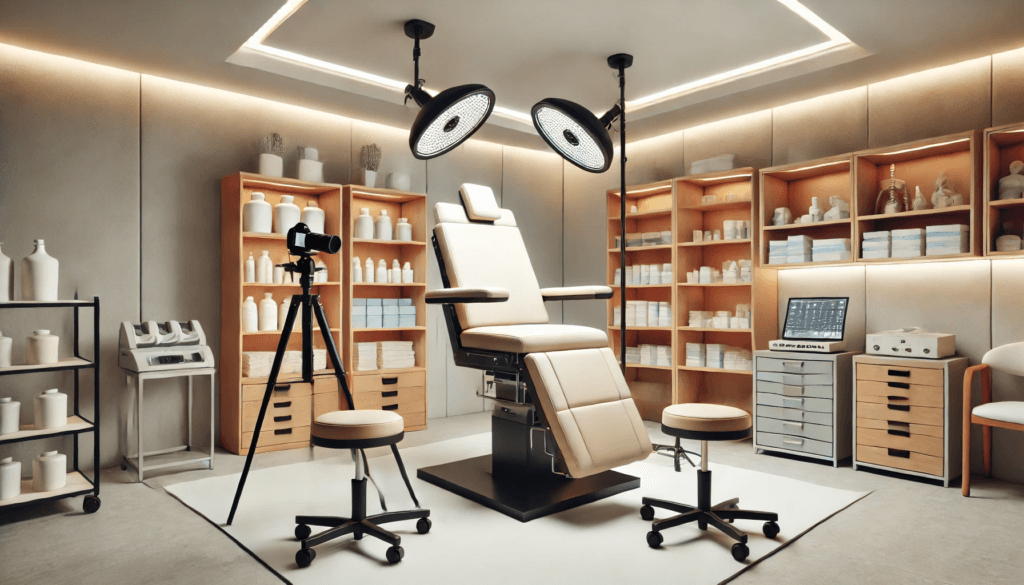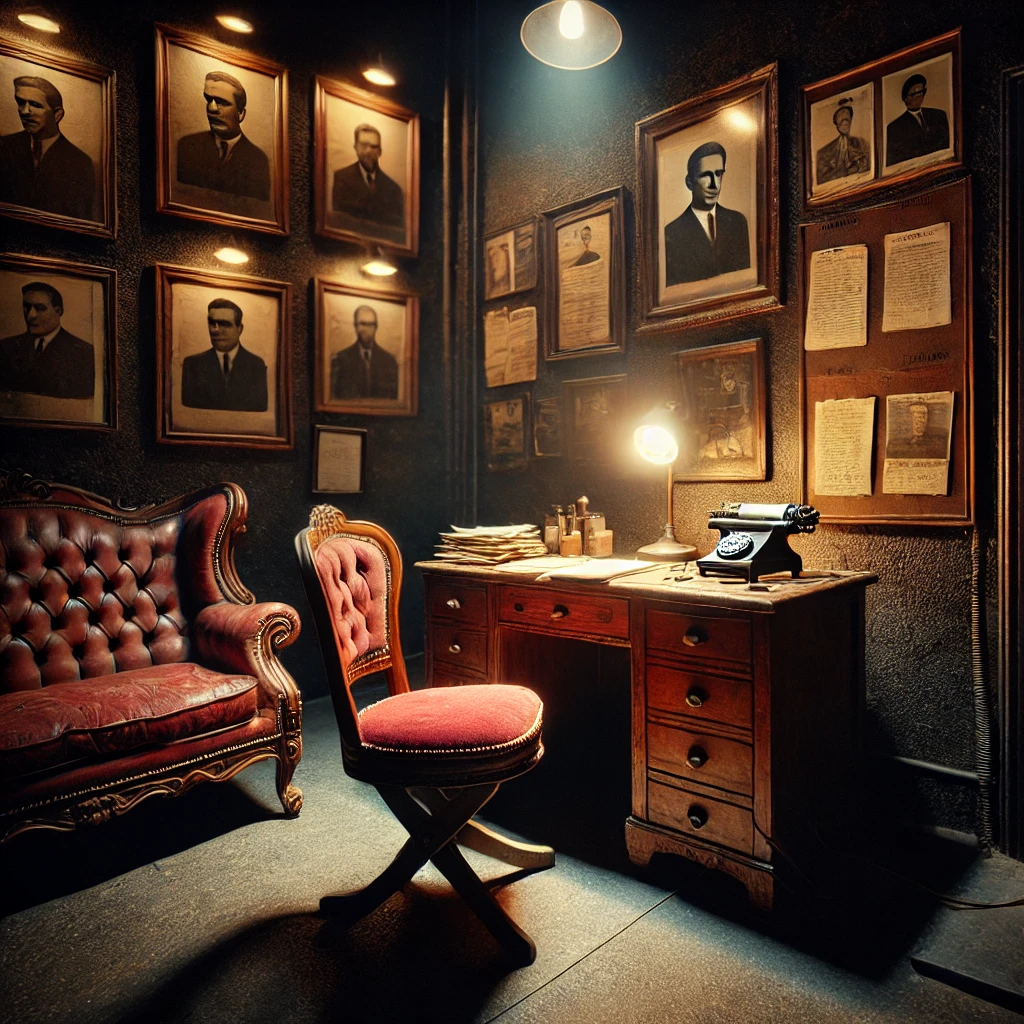The back casting room is an essential component of various industries, particularly in film, theater, and advertising. This room is where the magic of casting happens, selecting the right talent for different roles. Understanding the dynamics, functions, and best practices of a back casting room is crucial for anyone involved in the production process.
The Purpose of a Back Casting Room

The primary purpose of a back casting room is to serve as a dedicated space for conducting auditions, screen tests, and interviews with potential actors. It is designed to create an environment where casting directors can assess the suitability of candidates for specific roles without distractions.
Historical Evolution of Casting Rooms
Casting rooms have evolved significantly over the years. From simple office spaces to technologically advanced rooms equipped with recording equipment and playback facilities, the evolution reflects changes in the entertainment industry and casting practices.
Key Components of a Back Casting Room

Layout and Design
The layout and design of a back casting room are critical. It typically includes a waiting area, the audition space, and a control room for casting directors. The design should ensure privacy, comfort, and functionality.
Recording Equipment
High-quality cameras, microphones, and lighting equipment are essential for recording auditions. This allows casting directors to review performances and make informed decisions.
Playback Facilities
Playback facilities enable instant review of auditions. This feature is particularly useful for comparing different candidates and obtaining feedback from other stakeholders.
Soundproofing
Soundproofing the room is crucial to avoid external noise interference during auditions. This ensures clear audio recordings and a focused environment for actors.
The Role of a Casting Director

Talent Scouting
Casting directors are responsible for scouting and discovering new talent. They attend theater productions, film festivals, and talent showcases to find potential actors.
Audition Management
Managing the audition process involves scheduling, coordinating with actors, and ensuring smooth operations during the auditions. This includes handling logistics and technical aspects.
Decision Making
Casting directors evaluate performances and make decisions on who gets the role. This involves reviewing recordings, discussing with producers and directors, and sometimes conducting callbacks.
The Audition Process

Preparing the Room
Before auditions begin, the casting room must be prepared. This includes setting up equipment, ensuring proper lighting, and arranging seating for the casting panel.
Conducting Auditions
Auditions are conducted either in person or via video submissions. In-person auditions involve actors performing live in front of the casting panel, while video submissions are pre-recorded performances.
Feedback and Evaluation
After each audition, the casting panel provides feedback and evaluates the performance. This involves discussing the actor’s suitability for the role, their chemistry with other cast members, and overall potential.
Technology in the Back Casting Room

Virtual Auditions
With advancements in technology, virtual auditions have become common. Platforms like Zoom and Skype are used to conduct remote auditions, making the process more accessible.
Digital Casting Platforms
Digital casting platforms streamline the casting process by allowing actors to submit their profiles, portfolios, and audition tapes online. These platforms provide a database of talent for casting directors to search through.
AI and Machine Learning
Artificial intelligence and machine learning are being integrated into casting processes to analyze actor performances and predict their suitability for roles. These technologies offer data-driven insights to casting directors.
Challenges in Casting
Bias and Diversity
Ensuring diversity and avoiding bias in casting decisions is a significant challenge. Casting directors must be aware of unconscious biases and strive to create inclusive casting calls.
High Competition
The high level of competition among actors makes casting a challenging task. Finding the perfect fit for a role requires sifting through numerous applications and conducting multiple auditions.
Time Constraints
Casting directors often work under tight deadlines. Balancing thorough evaluation with time constraints requires efficient management and prioritization.
Best Practices for a Successful Back Casting Room

Clear Communication
Clear communication with actors and the casting team is essential. Providing detailed audition briefs and feedback helps actors prepare better and ensures a smooth audition process.
Organized Scheduling
Organizing a well-structured audition schedule prevents overlaps and ensures that each candidate gets adequate time for their performance. This includes allowing buffer time for unforeseen delays.
Creating a Comfortable Environment
Creating a comfortable and welcoming environment in the casting room helps actors perform their best. This includes providing seating, refreshments, and ensuring the room temperature is optimal.
Case Studies of Successful Casting Rooms
Hollywood Blockbusters
Many successful Hollywood films owe their success to meticulous casting processes. Case studies of films like “The Avengers” and “Harry Potter” demonstrate the importance of a well-organized casting room.
Theater Productions
Theater productions also rely heavily on effective casting. Case studies of renowned plays and musicals highlight the role of casting rooms in selecting talented actors who bring characters to life.
The Future of Back Casting Rooms
Technological Advancements
Future advancements in technology will continue to shape casting rooms. Virtual reality auditions, AI-driven casting decisions, and enhanced digital platforms are expected to become more prevalent.
Sustainable Practices
Sustainability in casting rooms involves reducing the carbon footprint by minimizing travel for auditions and using eco-friendly materials in the room’s design and setup.
Inclusive Casting
The future of casting will likely see a stronger emphasis on inclusivity and representation. Casting directors will need to adopt practices that promote diversity and equal opportunities for all actors.
Conclusion
The back casting room is a pivotal element in the entertainment industry, playing a crucial role in selecting the right talent for various productions. Understanding its components, processes, and best practices ensures a successful casting experience. As technology and industry standards evolve, casting rooms will continue to adapt, shaping the future of talent discovery and selection.
Read More: Jodi Lynn Calaway: The Untold Story of The Undertaker’s Former Wife







